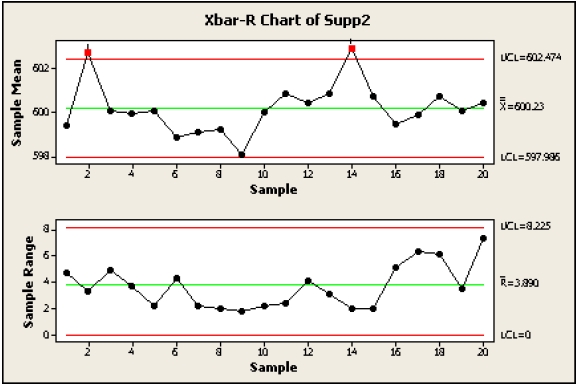
The X with two bars above it is called the overall mean and is calculated as the mean of all means in the subsample set. Because it can be difficult to write, it is often written as an X' with a hyphen or a superscript character, X 1. Some structures are marked with an X (an X with a line). The term Xbar comes from the designation that represents this structure. Use the following equation to find b: b = / b = / b =. To find y (column), divide Sum y by the pattern number Sum y = 154 N = 4 and (bar) = Sum y / N = 154/4 = 3. Charts are typically maintained to show operating data, temperature, and frequency. The statistical bar chart is called the Stat Bar and Bar and the bars are parallel to the y-axis. To get the most out of this analysis, we need to treat them as pairs.What is Y bar stats? Statistics use charts to represent data. So if person 3 is high on blood pressure before, then this gives you some insight into what to expect after.ĭata like this are called paired because each subject/object produces a pair of observations. Because the same people provide both measurements. Theres one difference between this and setting (2). How can we find a confidence interval to estimate mu1 - mu2? We would hope, if the drug works, that mu2 < m1, so m1-m2< 0. , Xn.Īnd the other represents all possibel blood pressure readings after the drug. We have 15 random variables measuring this: X1.

So we have two populations: one consists of all possible blood pressure readings on the 15 people before the drug. Blood pressure is measured inaccurately, and in addition there is a wide variety of responses in different people to drugs. 15 patients have their blood pressure measured, are given a drug, and then have it measured again. So level of support might be same in both groups.Ĭonsider this study. Do you think there really is a difference in the population? Find an approximate 95% CI for the difference. P1hat - p2hat +- z(a/2) sqrt(s) is the (1-a)% CI.Įxample: A poll of 100 Democrats show that 47% support Bushs budget, while a poll of 110 Republicans show that 55% support it.

N(p1 - p2, sqrt(p1(1-p1)/n + p2(1-p2)/m))Īnd if we replace the p1 and p2 with their estimates, the approximation just becomes a little more approximate, and We therefore have two binomial RVs: X, E(X) = np1 and Y, EY = mp2 Setting: two large groups, random samples of size n and m from each, and for each we record teh number of successes. T.test(x,y,alternative=two.sided, var.equal=T)Īgain, there are exact methods, but here well do an approximation. T = -1.1115, df = 15.586, p-value = 0.2832Īlternative hypothesis: true difference in means is not equal to 0 X y t.test(x,y,alternative="two.sided", conf.level=.95) But how do you know sd1 = sd2?Ĭommon practice now is to assume they do NOT, and use this bizarre approximation. In that case, you can derive an exact confidence interval, without approximations. Often, people make a simplifying assumption: assume sd1 = sd2. Its messy to do by hand but, of course, easy enough on computer. Turns out this is hard question to answer. Problem: we dont know sd1 or sd2, so we estimate them with s1 and s2. , Ym are N(mu2, sd2)ī) Var(Xbar - Ybar) = sd1-squared/n + sd2squared/m

We wish you compare the samples to see if we learn anything about differences in the groups.Įxample: Do SAT I scores differ among Math and Engineering students? Do cholesterol levels differ between those getting placebo and those getting treatment? etc. We take a random sample from each group and measure our samples. The two groups might have different mean values. Setting: We have two very large groups of objects. They sample with replacement, and often have more complex sampling schemes. We can also calculate an exact CI, particularly with the use of a computer. A survey of 1000 people says that 510 will vote for him.

05, z(a/2) = 1.96 (qnorm(.975)).Ī politician wants to know if hell win tomorrows election. Estimate a 95% CI for the proportion of people in the population who prefer white bread to wheat.Īlpha =. Replace p everwhere with phat.Ī survey of 3000 people finds that 62% prefer white bread to wheat. Solution is to add an approximation to the approximation. The problem with this is that we dont know p and therefore cant knwo phat. If n is sufficiently large (np > 10, n(1-p) > 10), then phat is approximately N(p, SD(phat)) E(X) = np where p is the percentage of 1s in the population. We take a random sample, with replacement, of n objects, and count X - the number of 1s. Setting: A large population of objects which, when measured, produce a 1 or 0.


 0 kommentar(er)
0 kommentar(er)
